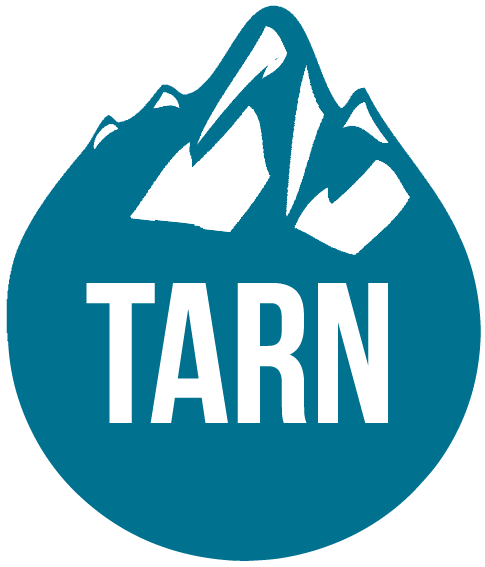Nonprofit Quarterly recently posted a story about Whole Me, a Syracuse-based nonprofit serving deaf and hard of hearing children that had survived through some tough financial times by revamping its business model. The piece explains that Whole Me had lost a major grant from the United Way, who had become uneasy that their grantee had become too dependent on their funding. In time, Whole Me was able to start a successful sign-language interpretation business that throws off net revenue, which reassured the United Way, who in turn recommitted funding.
NPQ’s headline here is that nonprofits should be wary of over-reliance on contributed revenue, especially since funders can often become uncomfortable when they sense a grantee is dependent on them.
Certainly the drive for revenue diversity is a long-standing topic of conversation in the sector and one that pretty much all nonprofit leaders would be wise to consider (though keep in mind, over-diversification also has its pitfalls). However, the article misses a bigger lesson that can be learned from Whole Me’s crisis and turnaround – and it’s a lesson for both the funder and the grantee.
No doubt there was more to the communication between Whole Me and the United Way than is revealed in the five paragraphs of this article, but with the information we do have it seems safe to say that there must have been a way for Whole Me to reduce its dependence on United Way funding without first having to navigate through financial crisis. The key practice here is proactive, transparent, and collaborative financial communication.
Rather than finding out about their funder’s concerns through the unexpected loss of a major grant, Whole Me and the United Way could have engaged in an open conversation about the United Way’s expectations about Whole Me’s revenue model, their options for diversification, and what resources would be required to develop the new eared revenue business. A business model adjustment based on proactive planning will almost always be more conducive to program continuity than one carried out in response to a crisis.
Again, this is a lesson for both nonprofits and funders. Grantmakers can and should reach out proactively to their grantees when they have concerns about grant dependence or other financial matters. Nonprofits can and should reach out proactively to their funders with transparent information about their ongoing financial needs and see whether there are any concerns about ongoing support.
Finally, it’s important to recognize that while an earned revenue business line provided a workable solution for Whole Me, funders should not expect that all nonprofit will be able to incorporate this strategy into their business model. Not all types of nonprofit programming will be supported by the market and some nonprofits will simply have to be supported primarily (or almost entirely) by contributed revenue for the duration of their existence. Moreover, investing time and money in an unworkable earned income strategy can leave a nonprofit in more precarious financial territory than they were before. Of course, this doesn’t mean that those contributions have to always come from the same sources and there is also room for transparent conversations here about the duration of a given funder’s support.
Even more than the danger of relying on a given funder, the real lesson here is that funder expectation shouldn’t be a guessing game.
